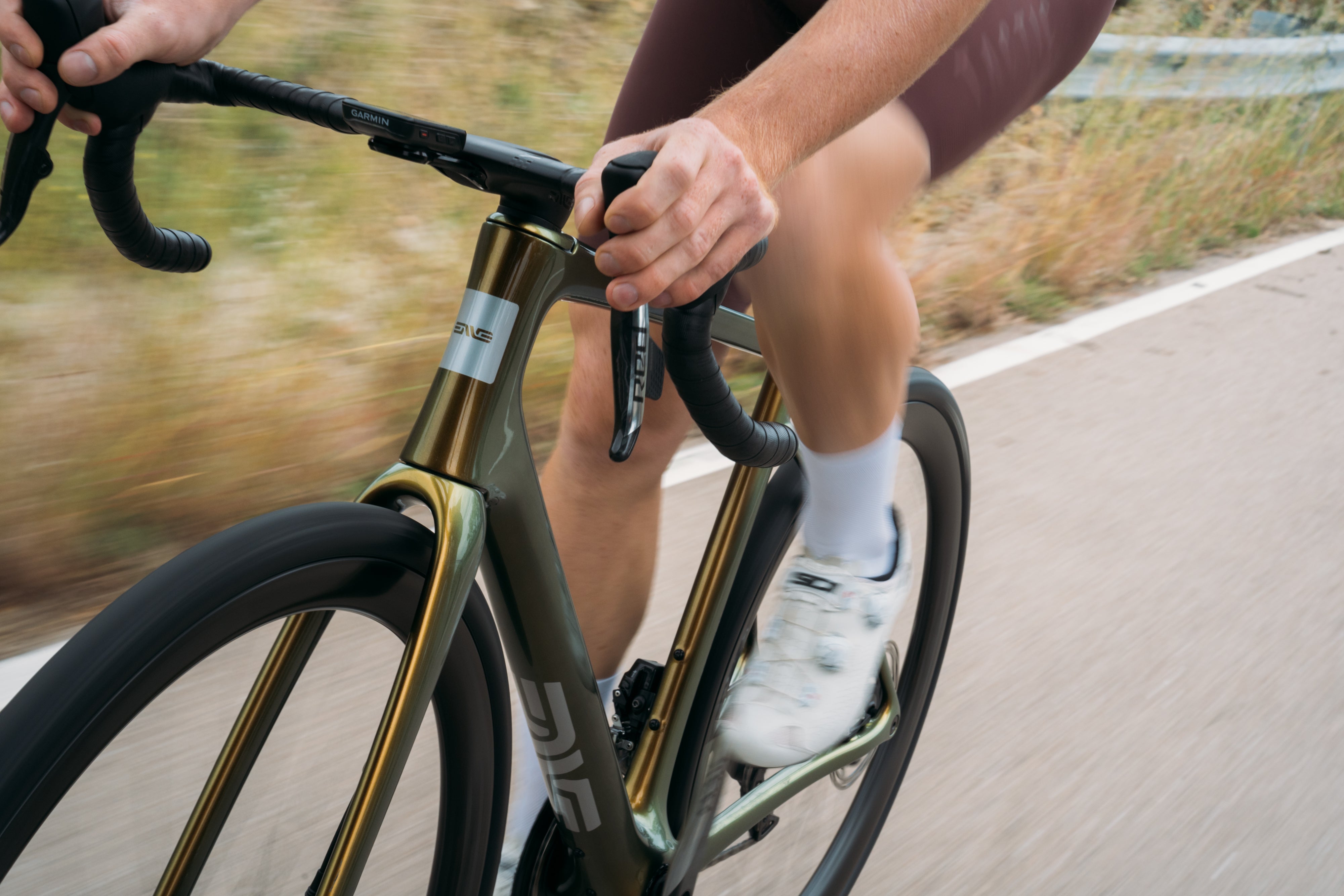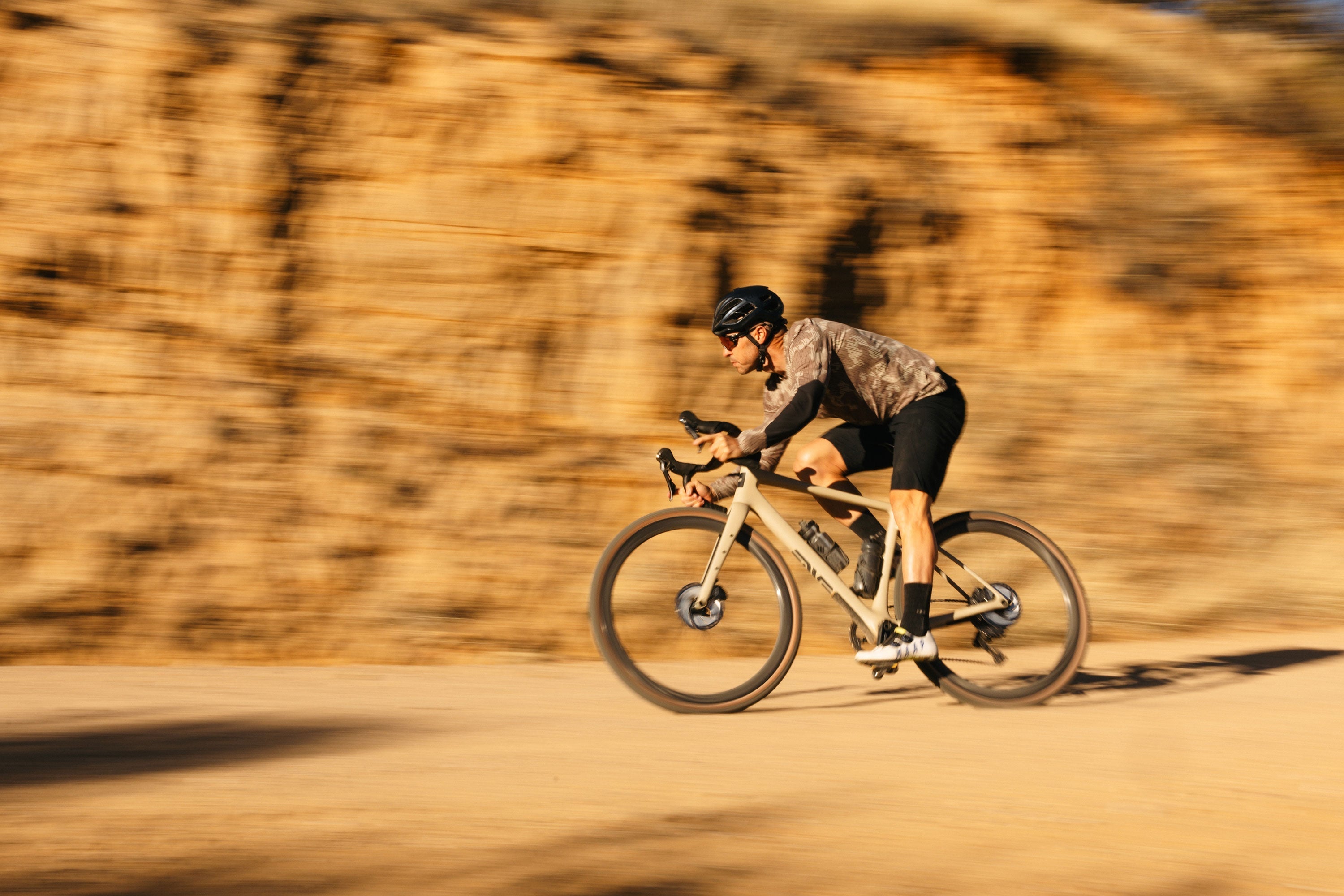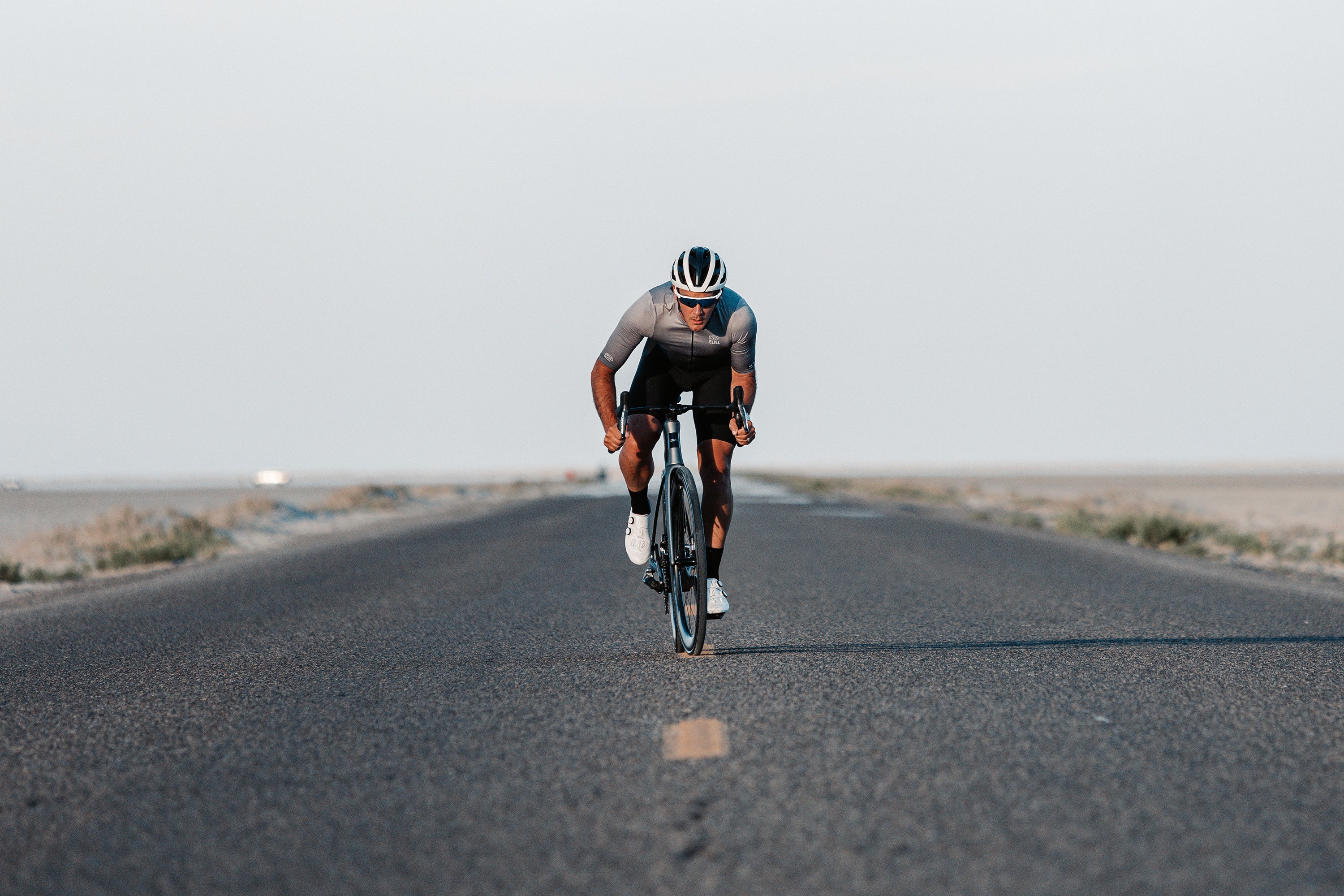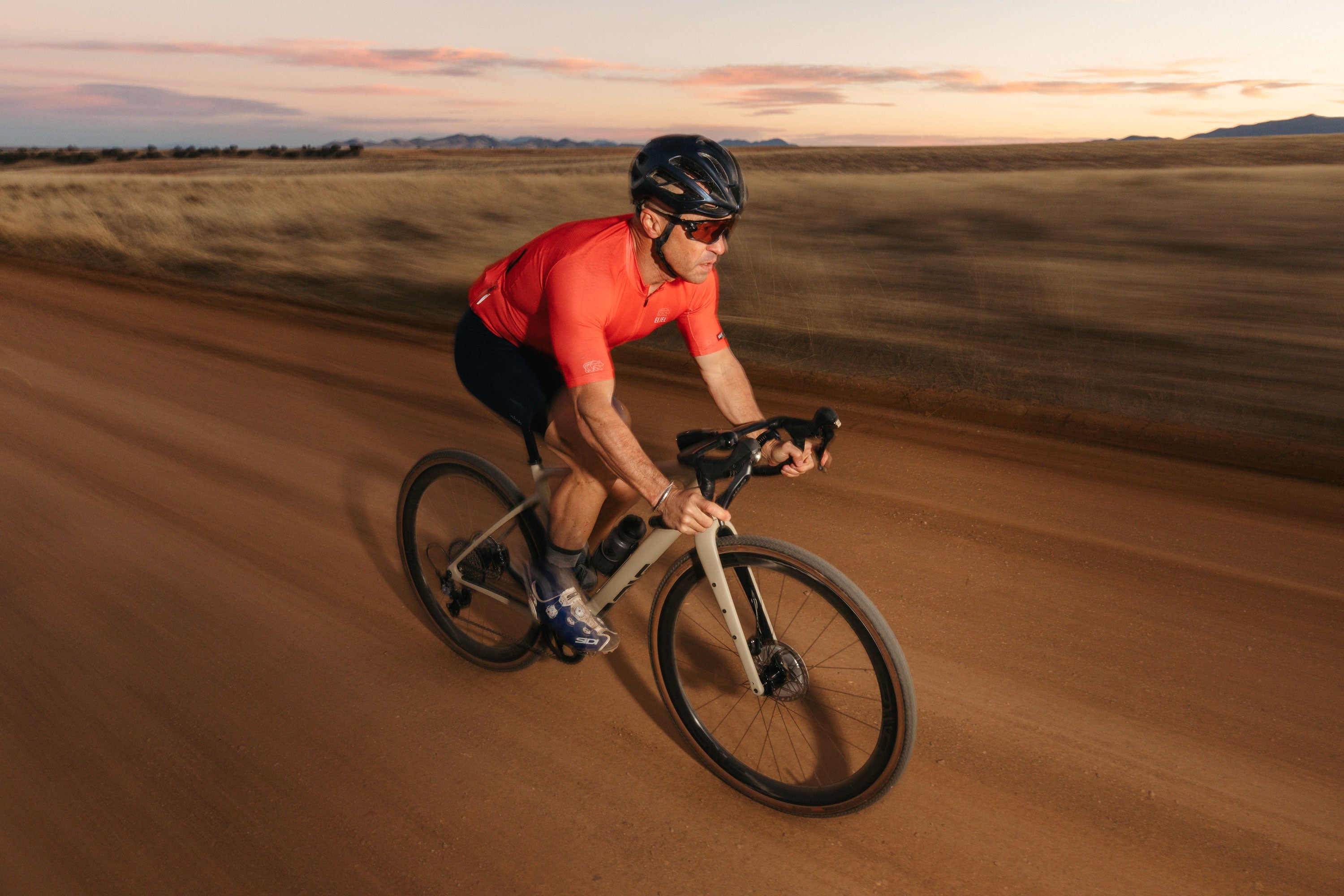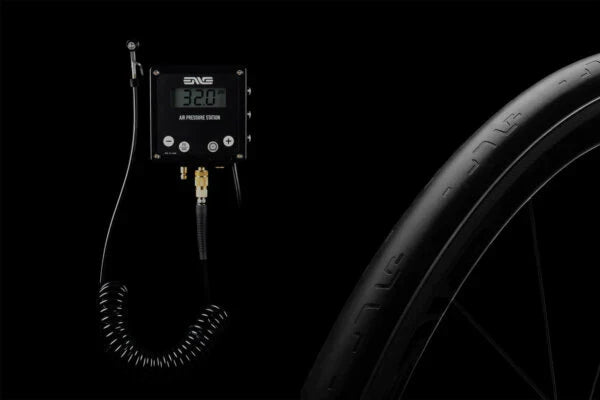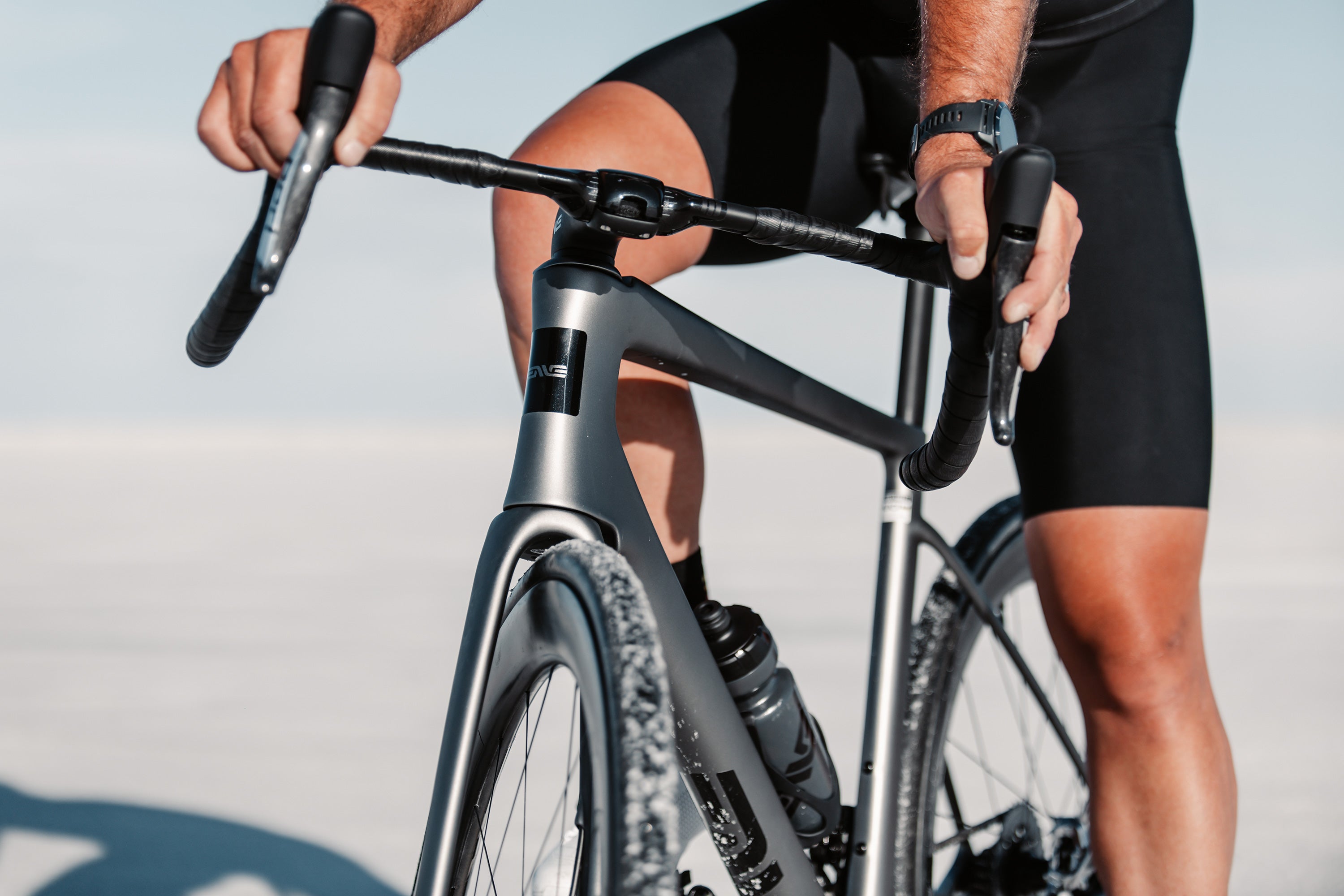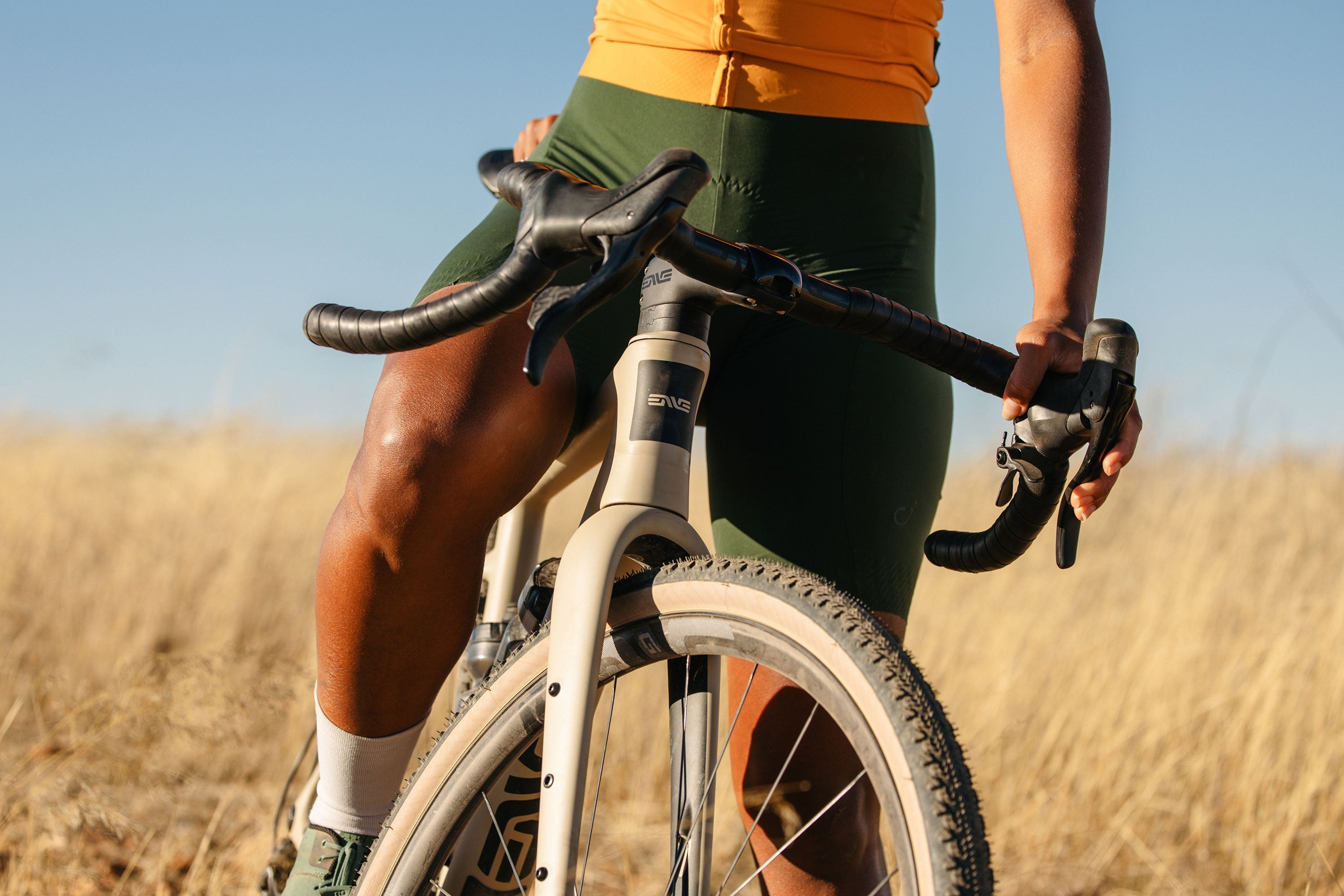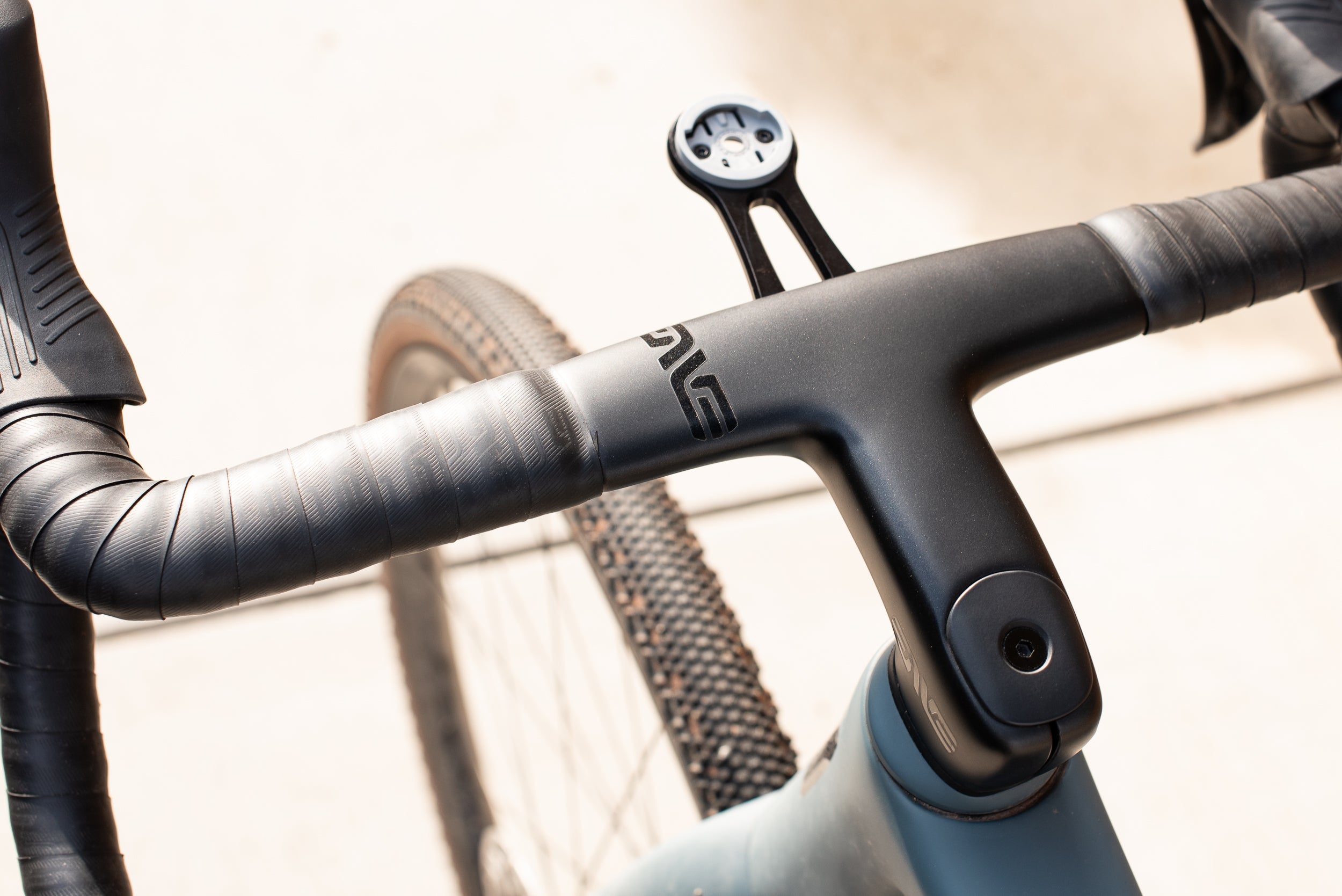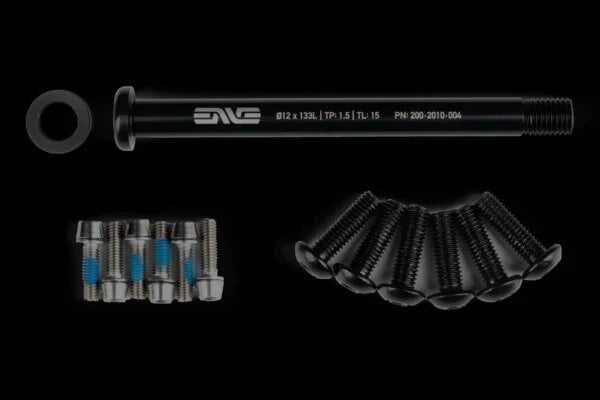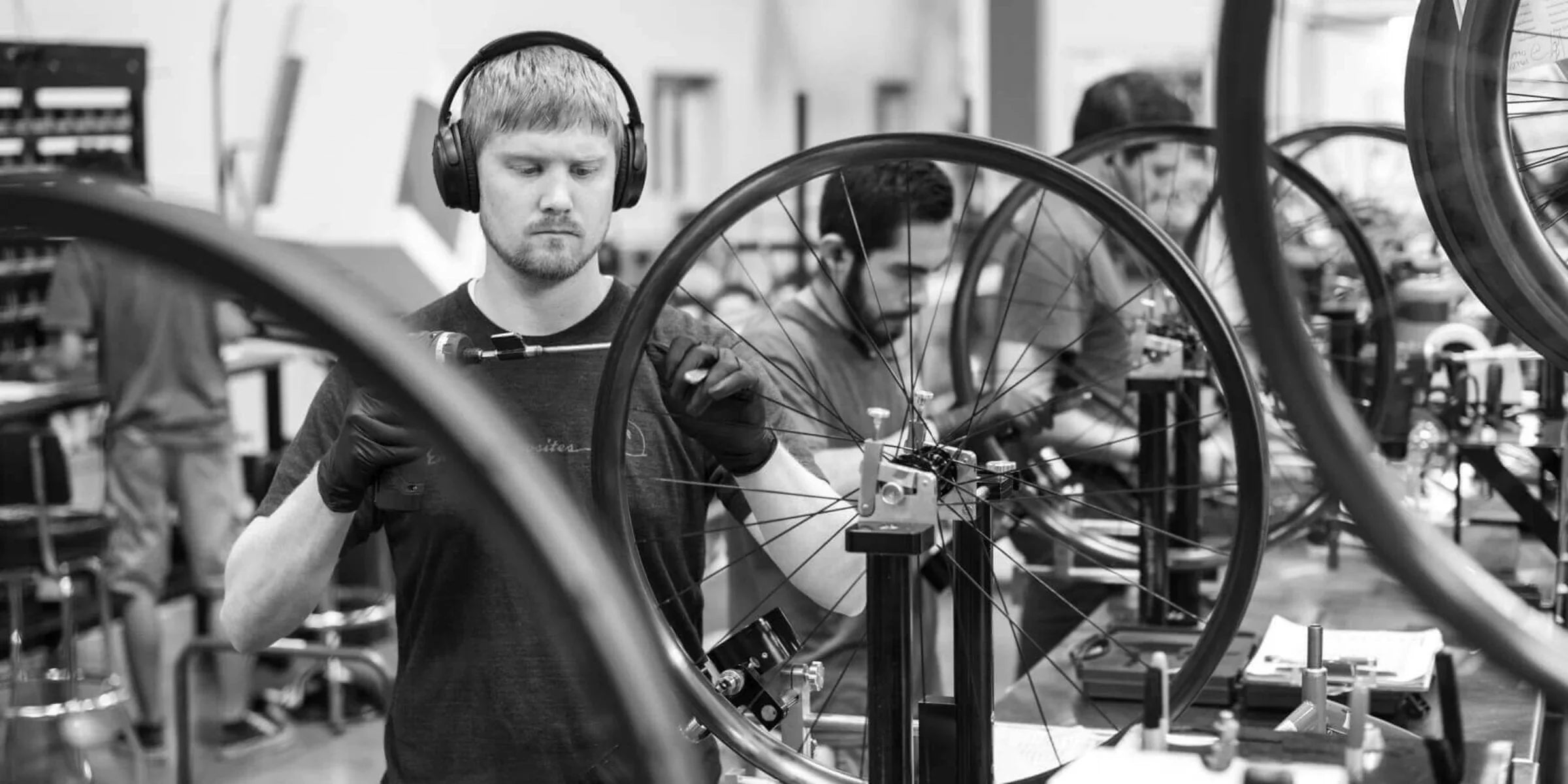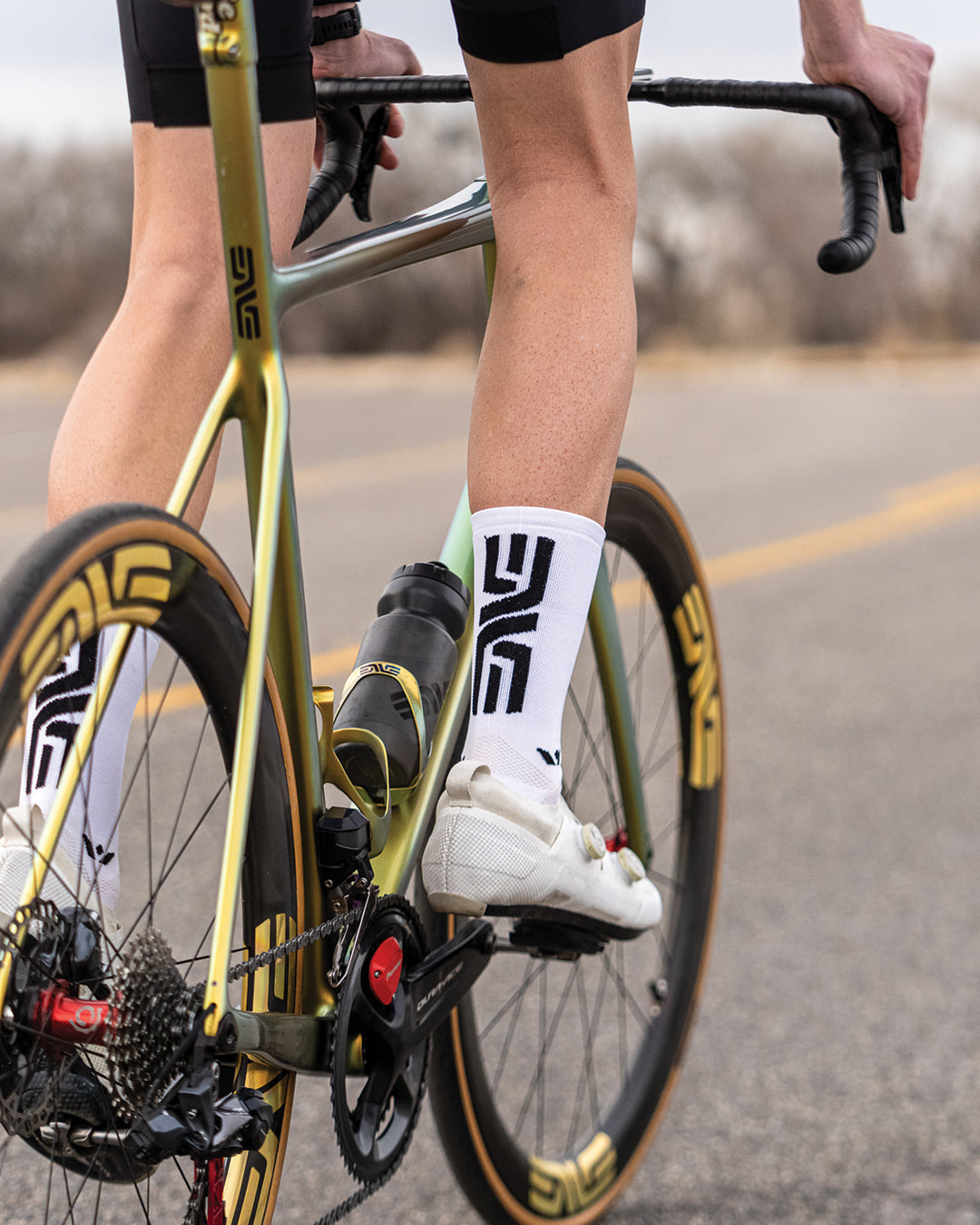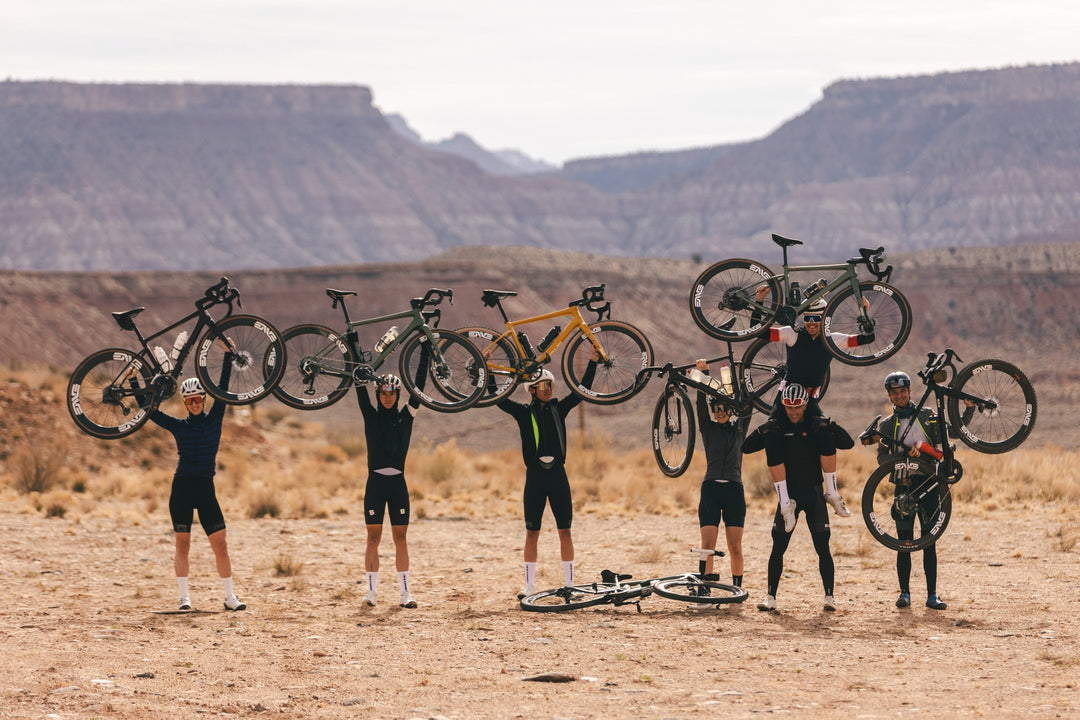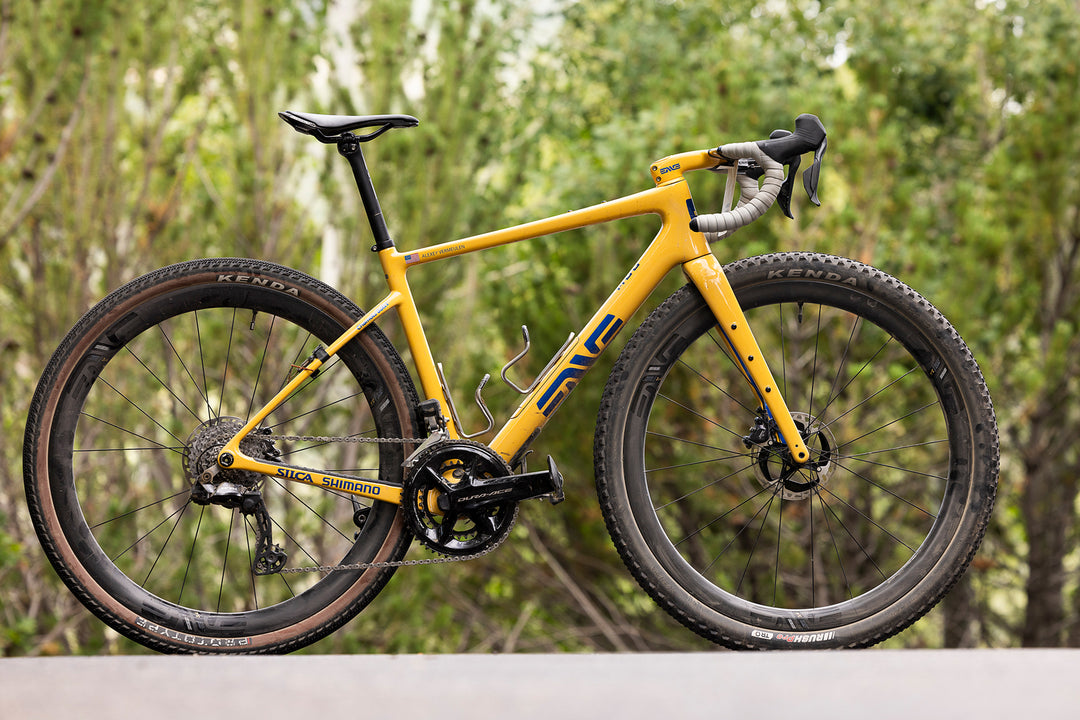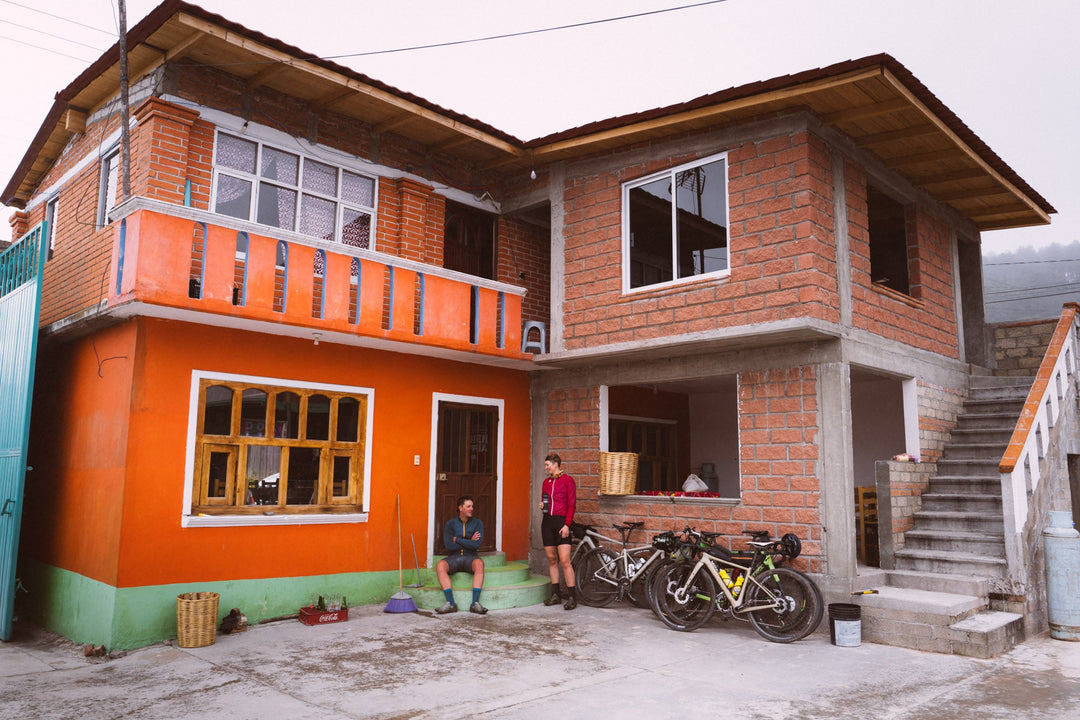Renaissance Reconnaissance: Roadtripping the Ore Mountains
Words: Dr. Veit Hammer Photos: Jens Herrndorff & Dr. Veit Hammer
The Ore Mountains stretch into Germany and the Czech Republic with the border between the two running just north of the main crest of the mountain range. This area has a long and diverse history. Even though it offers a wide variety of gently rolling hills and steep ascents, it has yet been discovered as a worthwhile road bike destination. We set out in late autumn full of excitement.
Day 1 // Chomutov – Frauenstein – Chomutov
It’s Tuesday and it is raining. Over the last couple of weeks, it seems to always rain on Tuesday even if only for a few minutes. Often the rain comes down hard and heavy with its drops lashing against the window panes, before running down in thick trails.
The rain is moderate this time. Jens sits at the table. He sports a tired look while he cuts fruit for breakfast. The rain isn’t his concern at the moment.
“Do you want some coffee“, I ask. He nods.
The coffee is rather fruity and leaves a gentle, yet sweet taste on the tongue. It is the taste of red berries.
The roads are narrow for the first few kilometers and differ to the ones in Chomutov. We parked our car in the North Bohemian city and got on our bikes. It seems like the locals avoid the climbs that lead into the mountain range as there is not much traffic.
The aftertaste of the coffee is gone as we reach the dam of the river Flöha near Fláje. On the side of the road stands a faded warning sign. It fits in well here. This place used to be livelier in the past. In the distance three houses are keeping watch, for more than sixty years is my estimate. They are a resisting fragment. Similar to the remnants of a moved church which dates back to the 17th century, a large part of this place disappeared when the reservoir flooded and with it, so did its people.
The old church was moved to Český Jiřetín where it was neatly rebuilt. In it, one can find a statue of St. John the Baptist. A little further down the road, the Flöha marks the border to Germany.




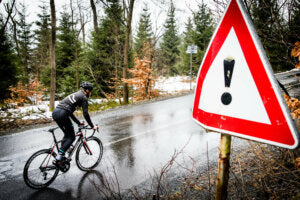

I take a sip from my bottle as we cross the border on our way to Frauenstein. The first part of our ride is in the books. The narrow and partly challenging roads through fields and forests become a little wider. There is still not much traffic around.
“It is not that much farther“, I tell Jens. The shutter of his camera dances in the measure of the rain. “Did you see those small shacks?“ “Sure”, he replies.
The shacks make for a good contrast. There are lots of colorful clothing, toys, and knickknacks on offer with sellers waiting underneath their porches. Some of the shacks even advertise the search for happiness. Other border crossing points in this area have similar sights. They are reminiscence of the early years after the fall of the Wall.





The past few years certainly moved faster in Frauenstein. The old market shows off its houses in flamboyant pastel shades. They are now facing the weather. Someone plays Johann Sebastian Bach’s “Toccata and Fugue in D Minor” in the city church, but perhaps I’m the only one that fancies that.
We have been on the road for more than two and a half hours. It is cold. The rain has stopped since we started but it has already taken its toll. The last kilometers before reaching Frauenstein have been anything but easy. Sixty kilometers and 1.500 meters elevation gain are the figures on my Garmin. As a harbinger of the town, the local fields opened themselves up for the winds to play.
The city church has always been the centre of Frauenstein. In 1711 one of the most renowned organ builders of the baroque, Gottfried Silbermann, donated his very first organ to the church. At that time, local mining was at it climax. Bach did not like Silbermann. On the contrary, the Elector of Saxony, August I., favored him. Maybe this was due to Silbermann’s organ and the electors source of capital but who knows?
Mining has always been a key factor in Saxony’s wealth and for the prosperity of the cities and towns in the Ore Mountains. Besides Frauenstein’s city church and market houses, the old castle is another witness of that time. These days it is host to a museum that honors the works of Silbermann.
Jens rides ahead to the archway to search for some good photo spots as the castle waits behind. It offers a roughly cobbled inner courtyard and a fainted facade. For a few moments, the camera shutter takes the lead. We head back to the market. It is time for another coffee.



The wetness of the day shows its effect. Not even a cup of coffee is much help right now. The waitress is kind enough to fill our bottles with hot water. She is wearing a black cardigan and with her shoulder-length straight hair there is something maternal about her.
We ride north for a while after leaving the town before crossing ways with the Flöha again in a small village called Niederseiffenbach. From here on, the road heads upwards. The tarmac is wet but at least it isn’t raining anymore. One can clearly hear the sound of the nearby river as the forest gets thicker. We can see our own breath.
A dirt track leads us back into the Czech Republic. Locals called the track “the neutral one“ since it was never a target for any border crossing restrictions. Ahead of us, the mountains open up and give room to a wide valley. A small creek serves as orientation point. It is all downhill now all the way back to Chomutov.
Day 2 // Johanngeorgenstadt – Klínovec – Johanngeorgenstadt
It is 4 degrees Celsius outside. The radio forecast says it is snowing above 1.000 meter. Things still won’t be easy. Jens has already closed his jacket. He checks his cameras, as I put on my helmet.
Yesterday’s rain drained us. Having only half a day left to spare, we want to keep it short today.
A few road signs indicate that the border is close. We park the car behind a café in Johanngeorgenstadt and get our bikes ready. A couple of hundred meters further down the road lies Potůčky. Our ride into the Czech Republic starts with a familiar sight. The shacks in this place have even more on offer than the ones in Český Jiřetín. It it weren’t for them, the border would be almost invisible.



Before heading to Horní Blatná, we roll along the main road in Potůčky. Winter has left its first traces on the roadsides. The forecast was right. Two elderly women tell us that we can continue to Bozí Dar. Both speak with a strong German accent. One of them draws a line in the air while speaking, as if she is freeing the road from snow. Her sweater is made of blue wool and is slightly worn. The other one agrees. They appear to be on their way to go shopping.
The road leads us out of town, straight and uphill. The following kilometer offers nearly 100 meters elevation gain and gradients up to 14 percent. The fields on both sides of the road are covered in snow but luckily there is no wind. We are not that far from the nature park Božídarské rašeliniště.




Bozí Dar is the highest situated town in Central Europe. The place doesn’t try to hide that. It is rather remote and has an unconventional aura. The Greek author Nikos Kazantzakis lived here in the late 1920s, seeking inspiration. “I hope for nothing. I have no fear. I am free“, he once noted. I think about this as we ride through town. The temperature drops towards the freezing point.
We are at the foot of the Ore Mountain’s highest point, the Klínovec. Normally, one can see the Fichtelberg from here but unfortunately, the weather doesn’t allow for a clear view today. The visibility gets less the higher we go. We can barely see the hotel at the summit of the climb.
We turn around and take the descent towards Oberwiesenthal. The road is wide, the tarmac is slick but grippy enough to find traction. “That was a neat spin“, says Jens as we reach the top of the Fichtelberg. He’s referring to the steady up-and-down that lies behind us. We get off our bikes and buy two cups of coffee.



There is only one short climb left. To reach it, we first enjoy arguably one of the nicest descents of the whole trip. The forest is as thick as one can imagine. Its snow-covered firs add a sweet flavor to our ride, much like powdered sugar on brownies.
It rains in Johanngeorgenstadt. It is still cold. But none of that matters right now. My Garmin’s figures sum up 195 kilometers and 4092 meters of elevation gain within the last 24 hours in rather unpleasant conditions. A few beads of rain still dance on Jens’s jacket. Everything is in its right place.
For more European adventures visit: https://topoi.cc/


